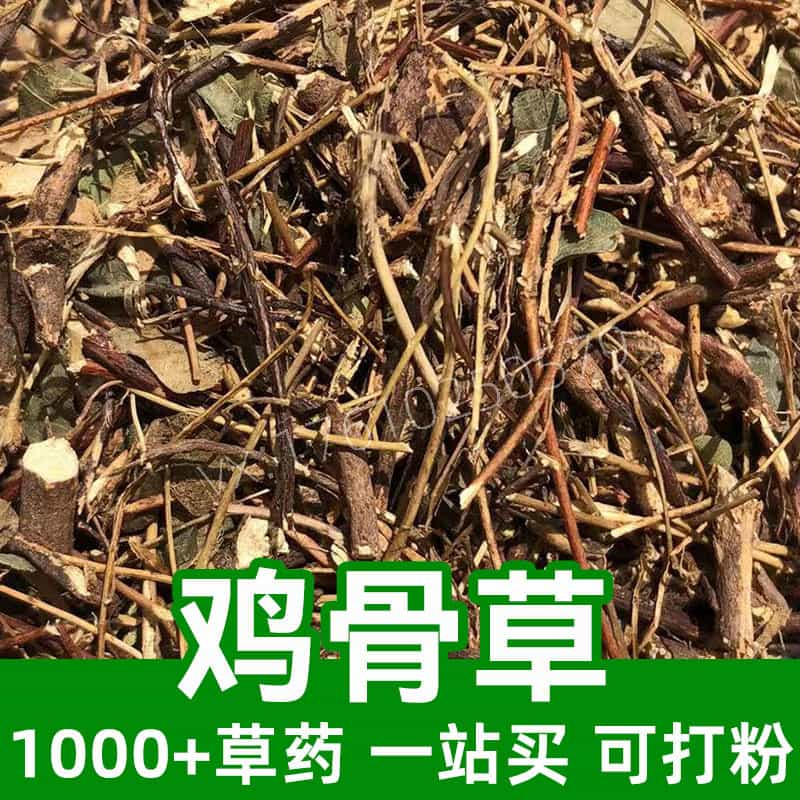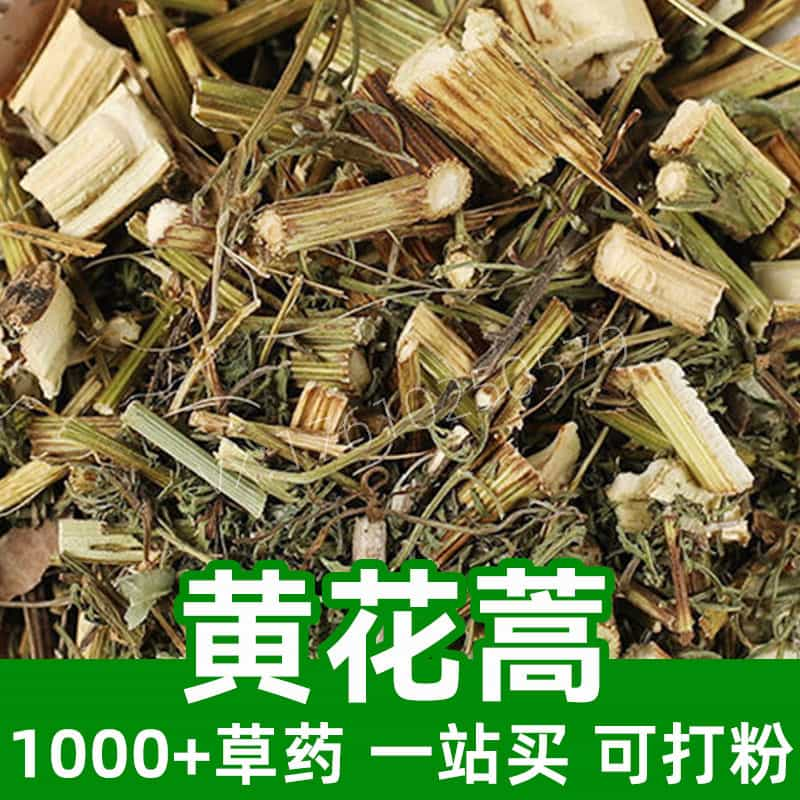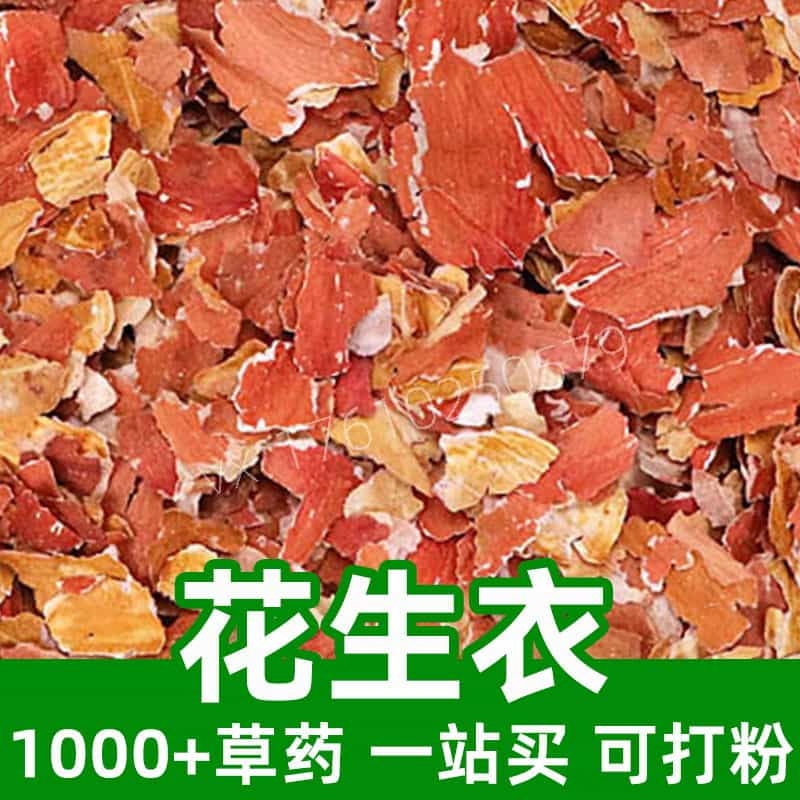Product Introduction
Prunellae Spica, commonly known as the self-heal spike, is a well-respected herb in traditional Chinese medicine (TCM), derived from the flowering spike of the Prunella vulgaris plant. This herb is celebrated for its myriad of potential benefits attributed to its rich content of active compounds including flavonoids, terpenoids, and phenolic acids. Found predominantly in East Asia as well as in temperate regions of Europe and North America, Prunellae Spica is often harvested in late summer. Its use in TCM dates back centuries, where it is believed to be effective in promoting overall wellness and supporting the health of specific organs. Typically prepared as a tea or included in herbal formulas, the flavor is slightly bitter, allowing it to blend well with other herbs, enhancing overall health through its synergistic effects. Its traditional preparations harness the herb's essential nutrients and therapeutic properties, which appeal to those seeking holistic approaches to health maintenance.
Main Active Ingredients
Prunellae Spica boasts a variety of active ingredients that contribute to its reputed health benefits. Among its key components are flavonoids, which are natural antioxidants that help combat oxidative stress in the body. Prominent flavonoids like luteolin and rosmarinic acid are known for their anti-inflammatory properties, supporting traditional uses in managing inflammation-related conditions.
Terpenoids, another significant class of compounds found in Prunellae Spica, enhance its aromatic profile and are linked to various therapeutic effects, including potential immunomodulation. Phenolic acids, such as caffeic and ferulic acids, play a vital role in the herb’s antioxidant activity, promoting microscale cellular health.
Additionally, Prunellae Spica contains vitamins such as vitamin C, which further supplements its antioxidant capabilities, and minerals like calcium and magnesium that contribute to its overall nutritional profile. Together, these compounds create a harmonious synergy, convincing many herbalists and health enthusiasts of the herb’s broad-spectrum benefits. Knowledge of these components not only informs users about why Prunellae Spica is employed in TCM but also enhances understanding of the interactions between various dietary elements and herbal ingredients.
Product Application Scenarios, Usage, and Dosage
In traditional Chinese medicine, Prunellae Spica is highly valued for its multitude of uses, often incorporated in formulations aimed at promoting overall health, particularly in relation to the liver and immune system functions. It features prominently in various herbal teas or decoctions, showcasing its versatility in beverages. Typical methods of preparation include steeping the dried herb in boiling water for a duration that extracts its beneficial properties effectively.
Dosage can vary according to individual health considerations and purposes of use, but general recommendations suggest a daily intake ranging from 3 to 9 grams of dried herb when taken as a decoction. In capsule or extract forms, dosages may differ; hence, it is advisable to follow specific product guidelines or consult with knowledgeable practitioners for personalized recommendations.
Prunellae Spica is increasingly endorsed in the culinary domain, where its unique taste complements sweet and savory dishes alike. It can be seamlessly integrated into soups, herbal congees, or even as a flavor enhancer in sauces. The herb’s commitment to supporting general wellness makes it a popular choice among health-conscious individuals looking to augment their diet with natural ingredients.
Introduction to the Source Plant, Distribution, and Growth Environment
Prunellae Spica is sourced from Prunella vulgaris, a perennial herb belonging to the Lamiaceae (mint) family. This botanical thrives in well-drained soils and displays a remarkable ability to adapt across various environmental conditions, making it a global plant found in temperate regions, including Europe, North America, and Asia.
Typically, Prunella vulgaris flourishes in meadows, grasslands, and alongside roadsides where it enjoys partial sunlight and adequate dampness. The plant reaches heights of 10 to 40 centimeters and is easily recognizable by its distinctive rectangular stems and whorled, pointed leaves. The flower spikes bloom between June and September, boasting vibrant purple or blue flowers which are harvested when in full bloom for optimal medicinal properties.
Understanding its growth environment is crucial for herbalists and practitioners who place emphasis on sourcing high-quality materials. Local cultivation practices and wild harvesting both contribute to the availability of this herb, ensuring a steady supply for those in search of herbal remedies grounded in tradition.
Harvesting, Processing, and Storage
The harvesting and processing of Prunellae Spica are pivotal to preserving its active ingredients and enhancing its medicinal efficacy. The ideal time for harvesting the flowering spikes of Prunella vulgaris is during the late summer months when the plant is at peak bloom, ensuring that the essential oils and active compounds are maximally concentrated.
Upon harvesting, the flowers should be carefully cut close to the spike and quickly transported to processing facilities to avoid degradation. The spikes are often cleaned to remove impurities and contaminants, with subsequent drying crucial for long-term storage. A controlled drying process is employed, typically in shaded or well-ventilated areas to prevent overheating, which can deteriorate the delicate constituents.
For storage, dried Prunellae Spica should be kept in airtight containers, preferably in a cool, dark, and dry place to maintain its potency and minimize exposure to moisture and light, which can lead to nutrient loss. Proper storage can significantly extend the shelf life of the herb, making it an accessible option for consumers year-round. Such meticulous attention to harvesting and processing ensures that Prunellae Spica retains its desired qualities, fulfilling its role in the natural health domain effectively.
Monica Sun is a seasoned expert in the natural raw materials industry, with over a decade of experience specializing in traditional Chinese medicinal herbs, spices, and fungi. She is skilled in the sourcing, processing, and application of these materials, emphasizing sustainability and innovation. Monica Sun has contributed to the development of high-quality natural raw materials that serve as essential components in functional foods, pharmaceuticals, and cosmetics, delivering tailored solutions to meet diverse market needs.














